Machine Guarding is Difficult
Miller & Martin PLLC Blog | June 25, 2018
But what makes machine guarding so difficult?
Manufacturers (especially NAICS Codes 31, 32 and 33) are very familiar with CFR 1910.212 the machine guarding regulation. Machine guarding remains one of OSHA’s top ten cited standards in the manufacturing industry. The questions remain (1) why is machine guarding so difficult, (2) why is it so often cited and (3) how do companies try to satisfy the regulation as well as protect their workers.
Machine guarding is complicated. And not necessarily just because machines themselves can be inherently dangerous. Machines break down and require maintenance which potentially exposes an employee to dangerous parts of the machine. Machines are manufactured in different countries. Machines are manufactured at different times. Machines can last for generations. Machines were engineered with different safety requirements in place.
Machines manufactured at different times provided different levels of safety. Machines have been retrofitted, reworked, reengineered and reconfigured oftentimes causing original safety devices and guards to be removed, reworked, replaced or abandoned altogether.
So how does a manufacturer tackle a constantly changing piece of equipment with regard to safety?
Just as the piece of equipment is consistently changing, manufacturers need to employ a consistent process in their evaluation, investigation, and confirmation of safety guarding for machines. These steps begin with the selection of the machine. Manufacturers must purchase machines that provide proper safety guarding based on the use for the manufacturer. Once the machine is delivered and installed, the manufacturer needs to confirm that all safety guards and equipment were properly delivered, installed, in place and functioning. Companies should test to confirm that machine guarding works properly. Companies should train all employees on the correct inspection, operation and workings of the machine guarding as well as providing employees an understanding of the philosophy behind the guarding of the machine. This can include proximity sense guarding, safety cage guarding, pinch and nip point guarding or whatever other type of guarding is being used. Having the employees understand the purpose and design of the guarding techniques and the potential exposures that can result if the machine guarding techniques are not in place and functioning properly helps provide a knowledgeable workforce. A work force that is able to report when machine guarding is not working or functioning properly allows the manufacturer to provide corrective action for faulty machine guarding.
Routine or other maintenance is a substantial cause of machine guarding violations. Often machine guarding must be removed or altered to allow routine and nonroutine maintenance. What is important to manufacturers is that the guarding is replaced, inspected and working properly after maintenance is conducted.
Maintenance checklists can help confirm that when machine guarding is disabled for maintenance, and after the maintenance is concluded, the machine guarding is reinstated prior to operation.
Maintenance supervision is essential for machine guarding. Not only should the individual maintaining the equipment be satisfied that each piece of safety equipment that was removed or discontinued has been reinstated, the supervisor and operators of the machine should also insure and verify that the machine guarding is 100% reinstalled and functioning properly.
Routine inspections regarding machine guarding must be conducted. The frequency of the inspection should rely on the frequency of which the machine guarding is disabled or discontinued for any reason as well as beginning of shift, end of shift and change of operator. Inspections requiring operators to confirm machine guarding is operational is essential for safety.
Documentation for machine guarding is also essential. This allows the manufacturer to provide meaningful investigation into and compliance with machine guarding standards. Without knowledge of the frequency of how often machine guarding is inspected, maintained, repaired, disengaged and/or altered, it is impossible to determine the appropriate steps necessary to satisfy machine guarding standards as well as other OSHA standards.
Training of all employees is also important and not just training on how to do things correctly, but how to spot when things are being done incorrectly. While it is impossible to train an employee on everything that possibly could be done wrong, training employees on frequently seen trends in the industry regarding improper machine guarding helps provide a culture of safety envisioned by OSHA.
Regular training related to machine guarding can also help prevent possible employee and machine downtime due to injuries. Training helps establish compliance with machine guarding regulations. Documentation of dates, times, attendees and the substance of the training should be kept by all manufacturers.
Machine guarding is one of the most cited manufacturing standards violated. It has the potential for severe injuries, amputations and fatalities. But if done correctly, it can save manufacturers from injuries and production downtime.
Tags: OSHA, Machine Guarding, Manufacturing

